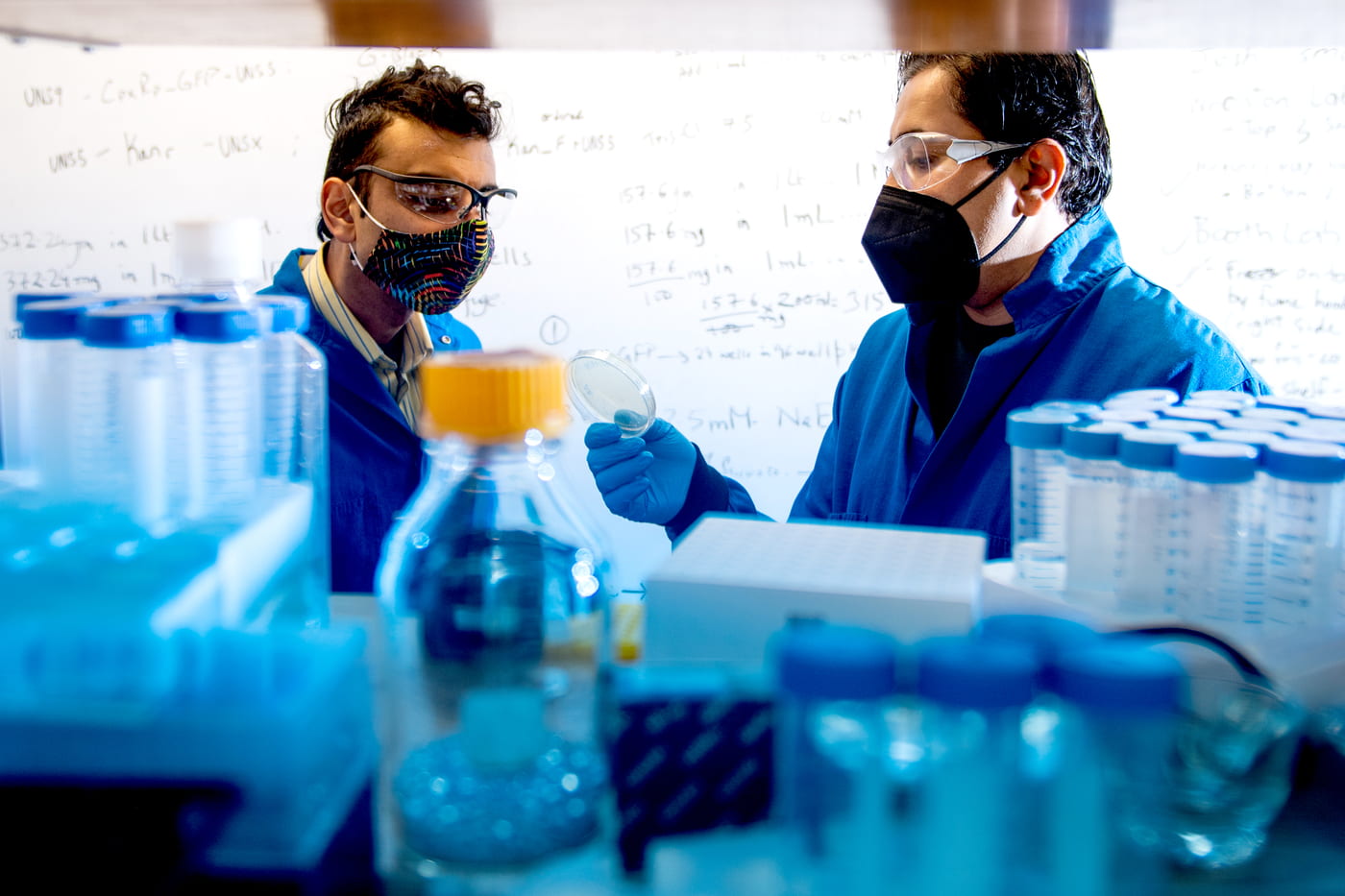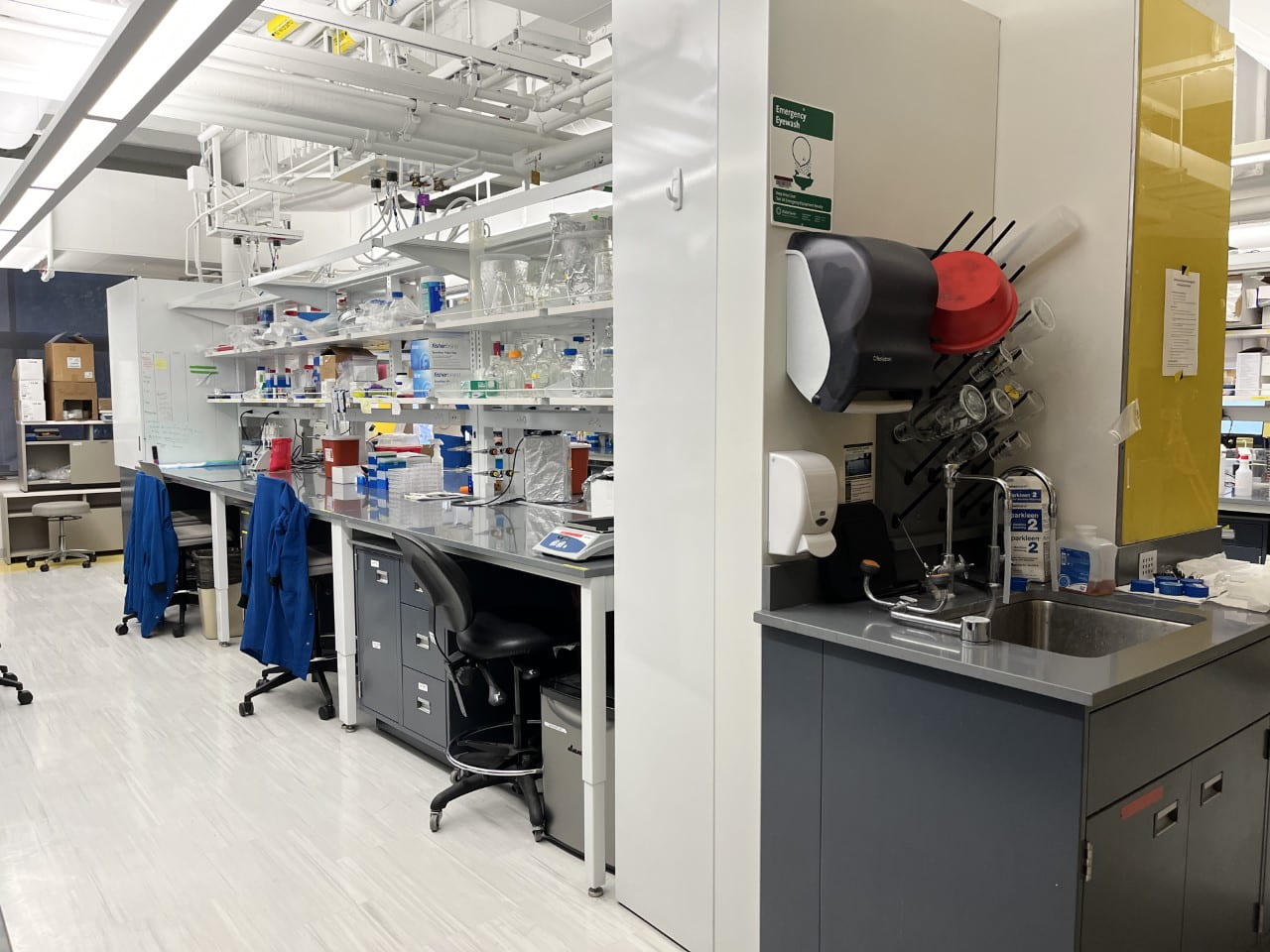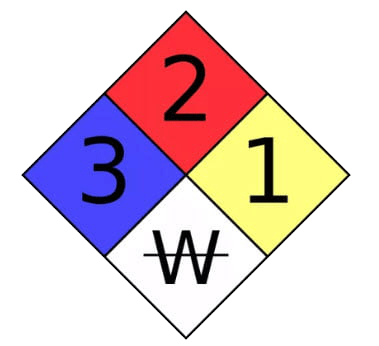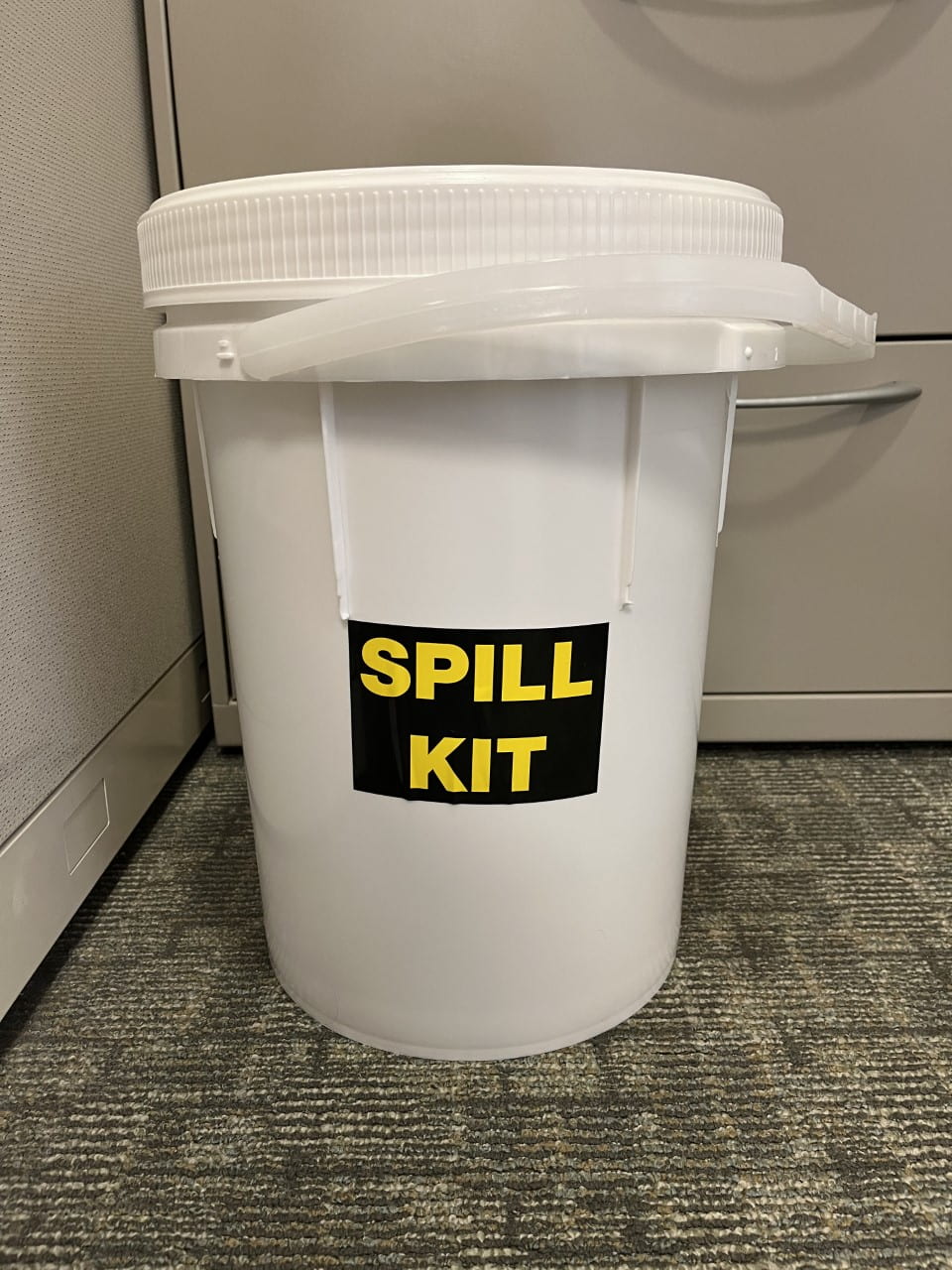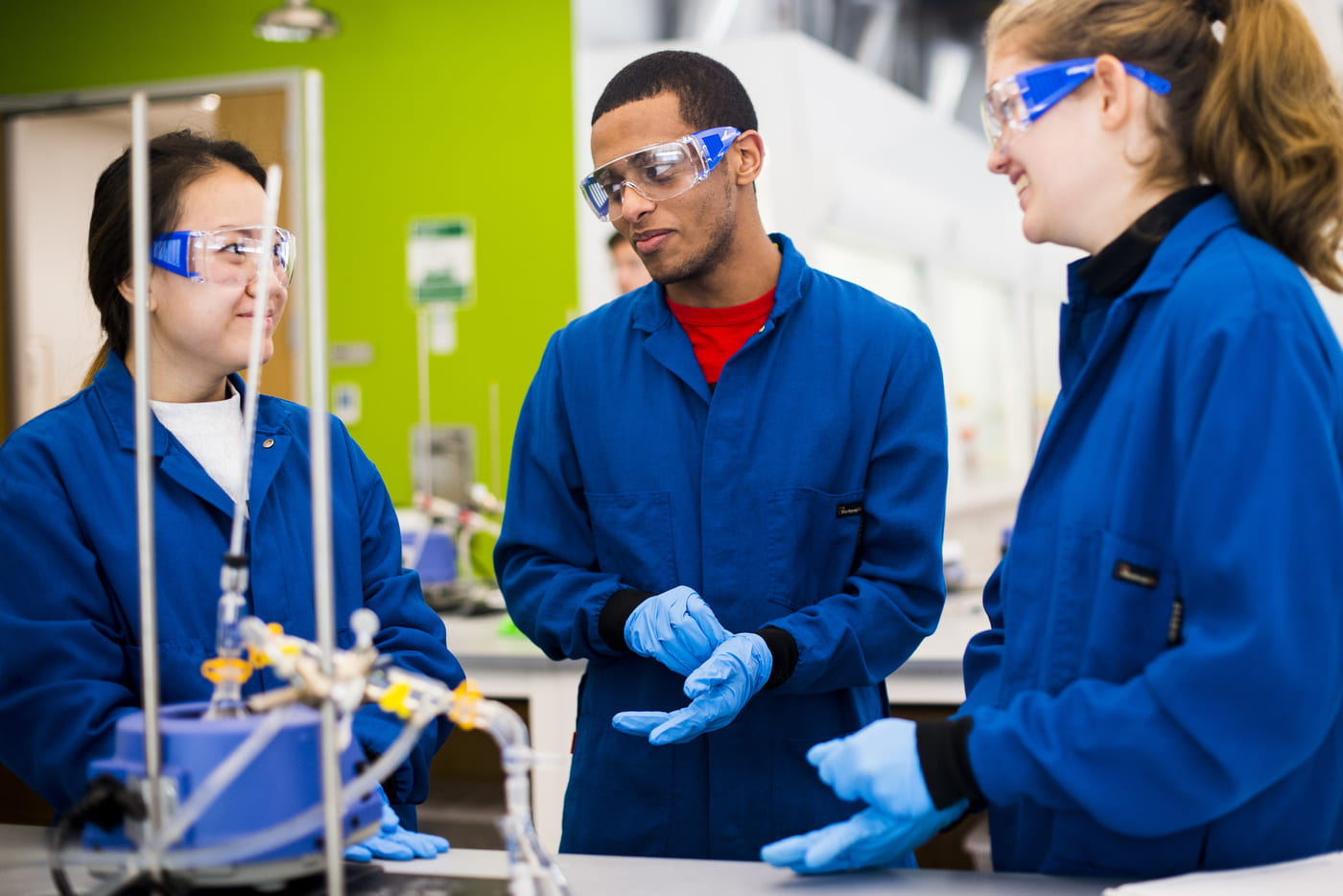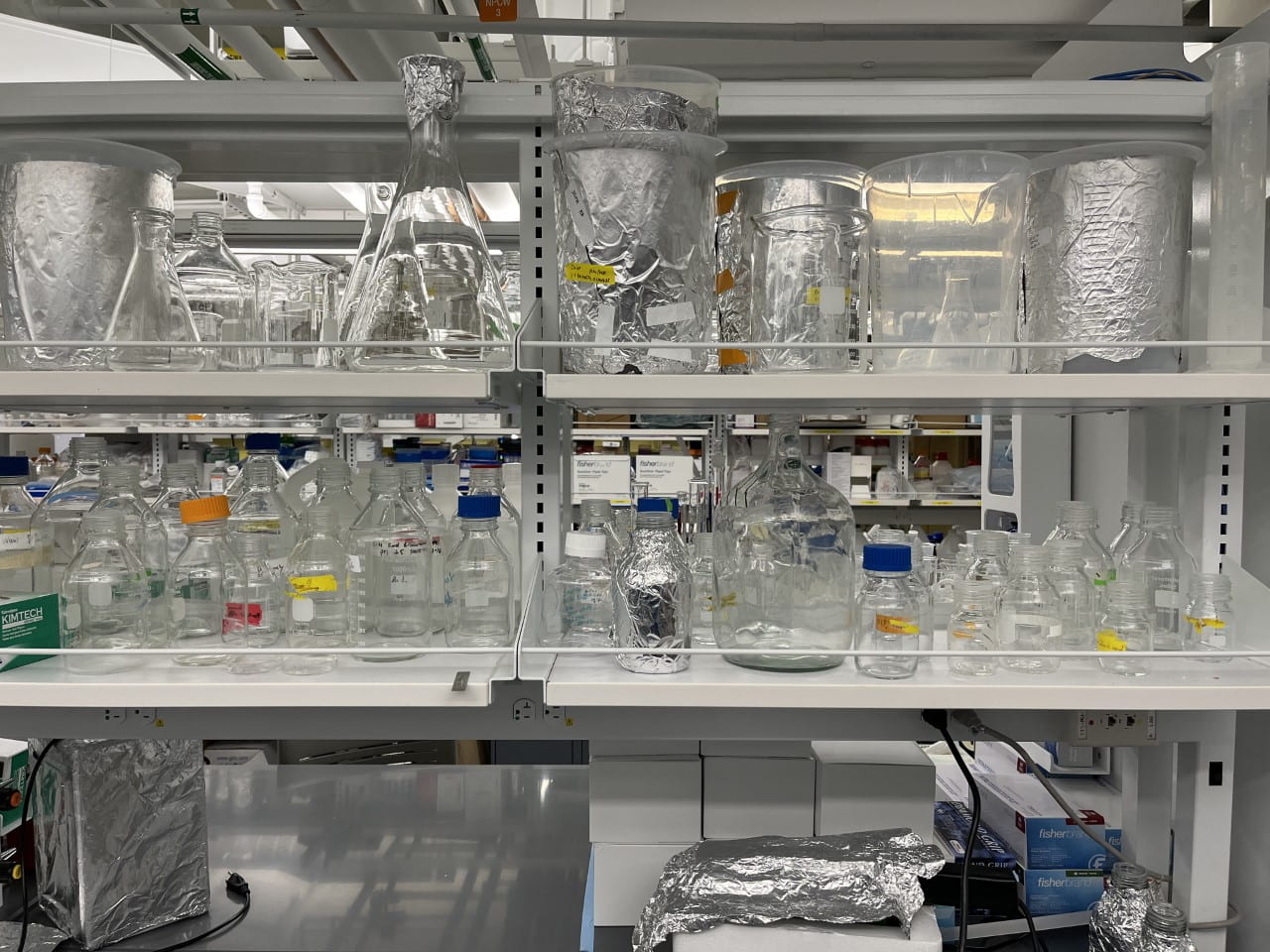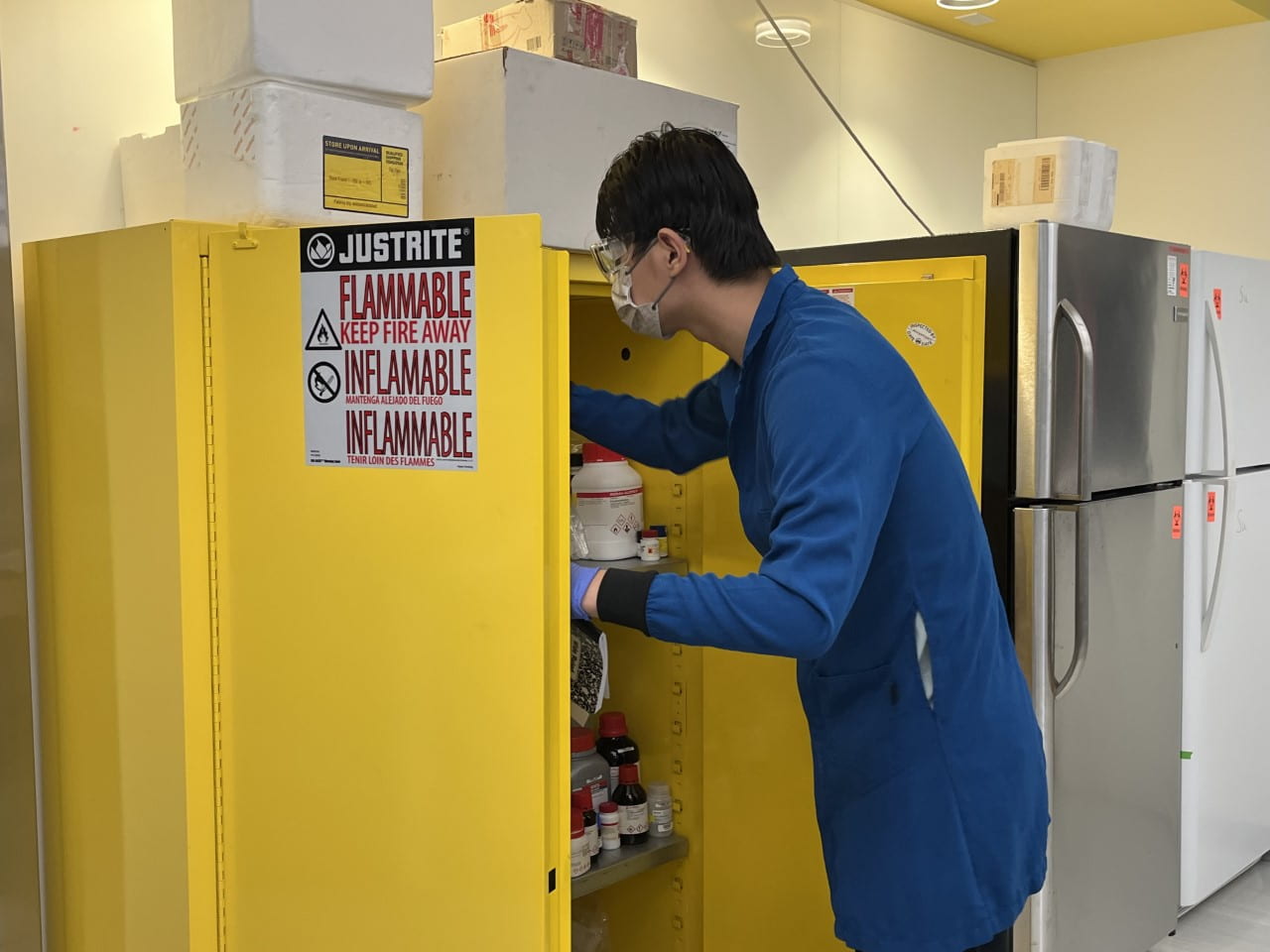Laboratory Fire Safety
Who Does What?
Roles and Responsibilities
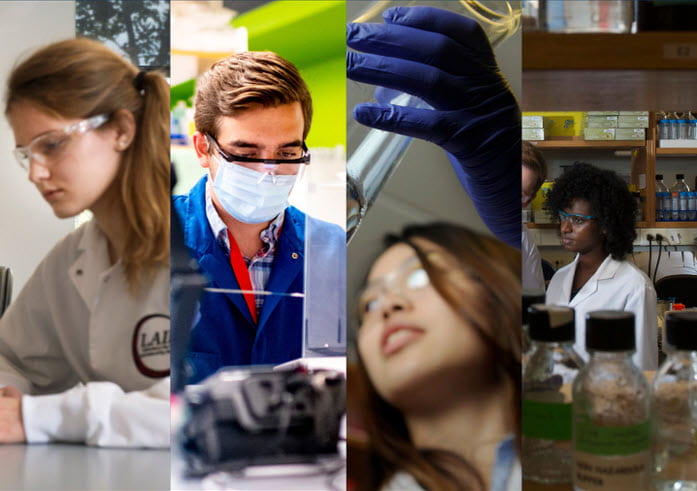
Key Takeaways
Fire safety in NU laboratories requires close collaboration from all stakeholders. This document clarifies the roles and responsibilities of each stakeholder.
-
Principal Investigators (PIs) have primary responsibility for fire safety in their labs.
-
OARS supports fire safety functions and provides technical assistance to PIs.
-
Facilities support various equipment and infrastructure maintenance and repair functions.
-
Department Safety Officers (DSOs) bear responsibility for supporting PI compliance with all these expectations.
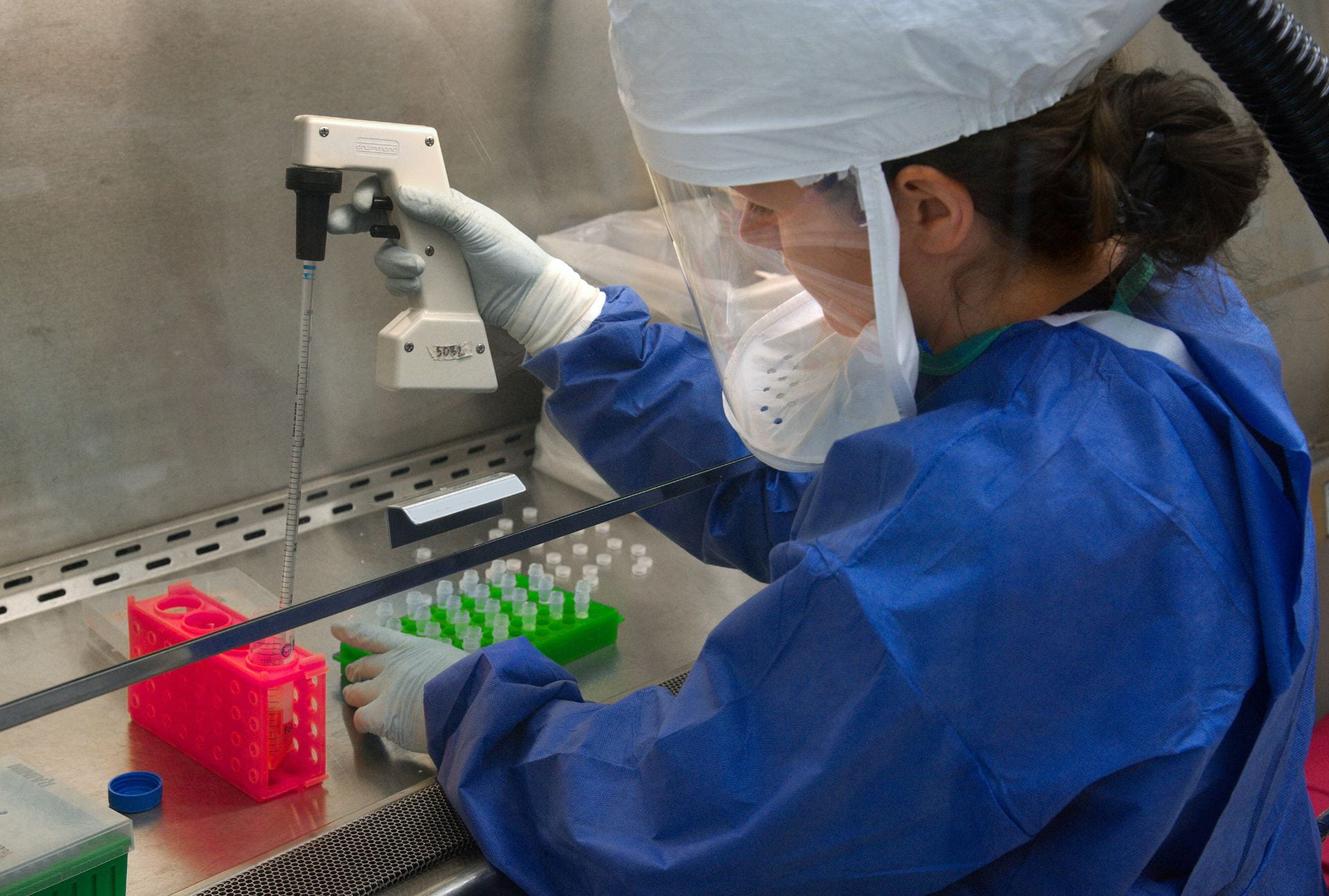
Department Safety Officer (DSO)
DSO bears significant responsibility for promoting and maintaining a safe, healthy, and environmentally sound workplace in their respective units. Specific duties include:
- following up on violations or findings identified by regulators or OARS.
- identifying personnel or property at risk of exposure due to safety or environmental concerns.
- conducting periodic self-assessments of laboratories.
The College Safety Officer (CSO) coordinates and supports the activities of the DSO and works closely with OARS.
Contact Lab Safety
Email: labsafety@northeastern.edu
Phone: 617.373.2769
Northeastern University
Office of Academic and Research Safety/OARS
320 Renaissance Park
1135 Tremont Street

